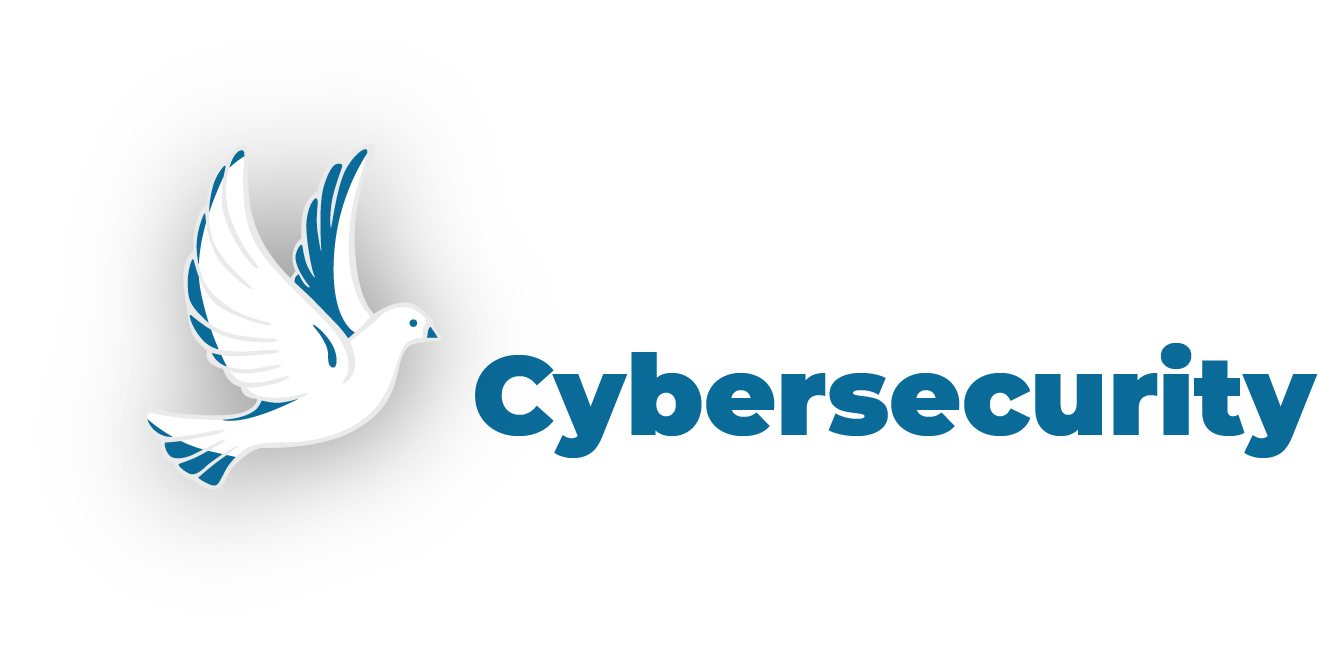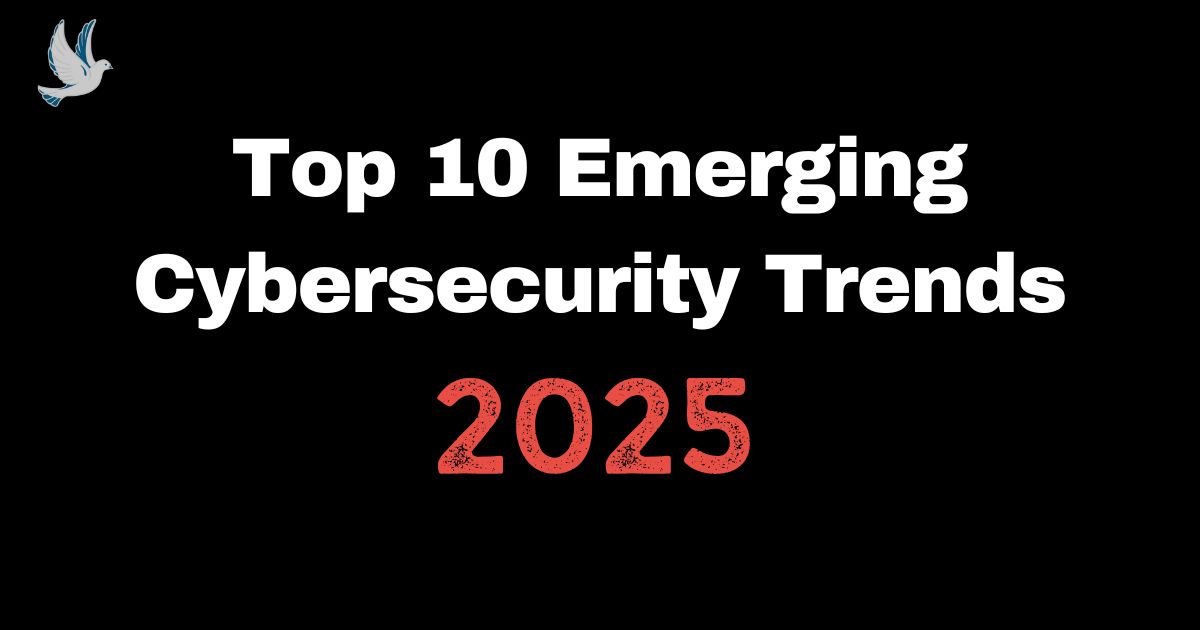In the chaos of rapid advancement, humanity often dances on the edge of innovation and introspection. The year 2025 brings a cascade of trends that promise to reshape how we live, work, and think. But are these changes truly empowering us, or are they just deeper layers of control wrapped in the illusion of progress? Let’s explore the trends, not as mere milestones but as reflections of where we, as a society, are heading, with numbers and details revealing the depth of this transformation.
1. Artificial Intelligence and the Mirage of Autonomy
AI is projected to add $15.7 trillion to the global economy by 2030, with 2025 being a critical inflexion point. AI-driven automation now handles over 60% of routine tasks in industries like healthcare and finance. Yet, while AI enhances efficiency, it comes at a cost. Research indicates that 75% of decision-making processes in large corporations will be partially or fully automated by 2025. The question remains: are we delegating tasks, or relinquishing control?
2. Quantum Computing: Freedom or Fragility?
Quantum computing breakthroughs are set to disrupt industries, with quantum cryptography expected to secure $1.9 billion in funding by 2025. However, it also threatens to break RSA-2048 encryption in mere hours—a feat impossible for classical computers. Organizations worldwide are scrambling to adopt post-quantum cryptographic standards, yet only 23% have begun the transition. The gap between innovation and readiness is widening, leaving systems vulnerable.
3. Zero Trust: Trust Issues at Scale
By 2025, over 70% of organizations will have implemented Zero Trust frameworks, up from 30% in 2022. The global Zero Trust market is forecasted to hit $60 billion. It promises tighter security but reflects a societal shift—one where the default assumption is mistrust. This approach may safeguard data, but it also mirrors our fractured trust in systems, people, and institutions.
4. The Expanding Internet of Things (IoT)
With an estimated 75 billion IoT devices globally by 2025, up from 35 billion in 2020, connectivity is expanding faster than ever. Yet, 57% of IoT devices remain vulnerable to basic cyberattacks due to weak security configurations. Industries like healthcare and manufacturing, which rely on IoT for critical operations, risk catastrophic failures if these vulnerabilities are exploited.
5. Ransomware: A Reflection of Greed
The ransomware-as-a-service (RaaS) market is expected to grow by 21% annually, with global damages projected to reach $30 billion by 2025. Attackers now target supply chains and critical infrastructure, as seen in the 2024 attack on a major energy provider that disrupted power for millions. Despite investments, only 34% of organizations report confidence in their ransomware defenses—a sobering statistic in a world increasingly held hostage by greed.
6. Privacy-Enhancing Technologies: Hiding in Plain Sight
Privacy-enhancing technologies (PETs) are emerging as a $5.3 billion market by 2025, driven by regulatory demands like the GDPR and CCPA. Techniques like homomorphic encryption allow computations on encrypted data without decryption, offering unparalleled privacy. Yet, only 15% of companies have implemented PETs at scale, raising concerns about whether privacy is being protected—or simply promised.
7. The Cybersecurity Talent Gap: Machines to the Rescue?
The global cybersecurity workforce shortfall is projected to exceed 3.5 million professionals by 2025. Automation and AI are filling the gap, with security automation expected to save organizations $1.5 trillion annually by reducing incident response times. Yet, reliance on machines brings its own challenges—are we solving problems or creating dependencies that could leave us exposed in the future?
8. The Age of Hyper-Personalization
Hyper-personalization in advertising alone is expected to generate $1.7 trillion in revenue by 2025. Advanced algorithms analyze 20% more data per consumer than in 2020, predicting behaviors with startling accuracy. But personalization also narrows choices, subtly steering individuals while claiming to empower them. Are we truly being served—or quietly manipulated?
9. Climate-Tech in Cybersecurity
With renewable energy accounting for 40% of global power generation by 2025, cybersecurity must adapt to protect this green infrastructure. Cyberattacks on energy systems, like the 2024 breach of a European solar grid, highlight vulnerabilities. Investments in securing climate-tech are expected to reach $10 billion annually, yet only 25% of renewable projects integrate cybersecurity from inception.
10. Awakening the Human Spirit Amid Control
While trends push us towards more control, the real question of 2025 is whether we will wake up. Approximately 68% of individuals report feeling overwhelmed by technological changes, yet only 14% take deliberate steps to unplug or regain control over their digital lives. Each trend is a test—will we adapt to serve technology, or harness it to rediscover our humanity?
Conclusion
Trends are not just about innovation; they are reflections of who we are as a society. The numbers and advancements paint a picture of progress, but they also highlight the trade-offs. In 2025, the question is not just what’s emerging, but what we’re becoming. Will we use these advancements to liberate ourselves, or will we let them tighten the chains of control?
If you feel overwhelmed by this rapid evolution, perhaps it’s better to pause. Reflect. Maybe, just maybe, it’s okay to remain still for a while, observing the storm, before choosing whether to dive in—or step away.


